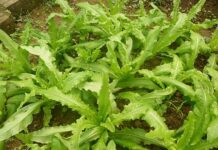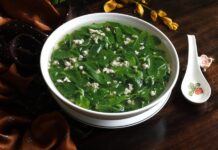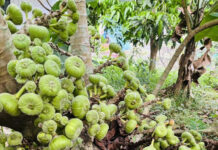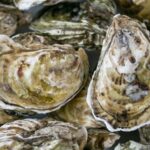Consumers are often concerned about consuming contaminated or diseased pork, especially with recent incidents of low-quality pork being brought to market. When shopping for pork, it is essential to carefully observe and select the meat to avoid purchasing pork infected with parasites or diseases such as swine fever or swine blue ear disease.
Here are some signs to look out for to identify unhealthy pork:
Signs of Diseased Pork
Pigs affected by different diseases will exhibit varied symptoms. Observing the state of the meat can help you detect any abnormalities:
- Parasite Infection
When cutting into the meat along the grain and examining the cross-section, be cautious if you notice small white spots the size of a pinhead or larger, oval-shaped, or fibrous strands within the muscle fibers. These are indicative of a potential parasite infection and are commonly found in fatty regions such as the shoulder, leg, or loin.
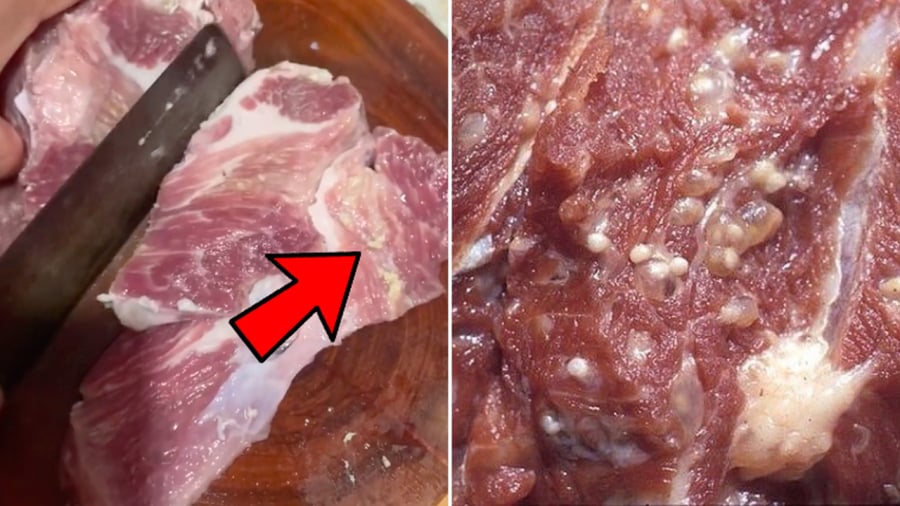
- Hepatitis
Pork from pigs with hepatitis often appears yellowish, whereas healthy pork has a light pink hue.
- African Swine Fever
In the case of African swine fever, the meat typically takes on a deep red, brown, gray, pale blue, or purple hue. The pig’s ears, skin, and rind may show speckled hemorrhages. Additionally, the entire viscera will exhibit signs of congestion, and the ears will turn purple-blue.
Unhealthy pork generally displays abnormal coloring, such as deep reds, purples, or reddish-black tones, whereas fresh, healthy pork boasts a bright red or light pink color. Moreover, the fat of diseased pork is not pure white but rather whitish-gray or pale red.
Pressing on the meat may leave indentations that do not spring back, indicating reduced elasticity. The texture may also feel sticky or slimy to the touch.
In the case of diseased pigs, there may be subcutaneous hemorrhages, visible as small red or purple spots just beneath the skin, above the fat layer.
Cutting into the meat may release a small amount of liquid on the surface, and it might emit an unpleasant odor reminiscent of rancid oil or mild rot.
Signs of Pork with Growth Enhancers
Apart from diseases, consumers are also concerned about pork from pigs that have been administered growth enhancers. The color of such pork will differ from that of naturally raised pork. The meat may appear excessively pale or white due to water retention, or it could be abnormally dark red if the pig was given leanness enhancers. The surface might also exhibit unusual spots.
Examining the meat’s structure can help identify growth-enhanced pork, which tends to have a loose texture with less defined muscle fibers. Pressing on the meat reveals poor elasticity, and it may exude water, indicating water injection.
The fat layer is a telltale sign; growth-enhanced pigs often have a thin or nonexistent fat layer, and their skin appears thick and glossy due to water retention. Look for pork with a natural amount of white fat, neither too thick nor too thin.
Healthy pork has a dry surface, whereas pork from water-injected or growth-enhanced pigs will feel sticky and moist.
During cooking, growth-enhanced pork releases a significant amount of water and shrinks considerably compared to its raw state. It tends to taste bland and has a crumbly texture.
Whether shopping at a market or a supermarket, opt for pork with natural coloring and a bright appearance. Fresh pork should be elastic and devoid of strange odors.
If, during cooking, the pork exhibits unusual color changes, releases excessive water, or emits strange odors, it is best to discard it and not consume it.














